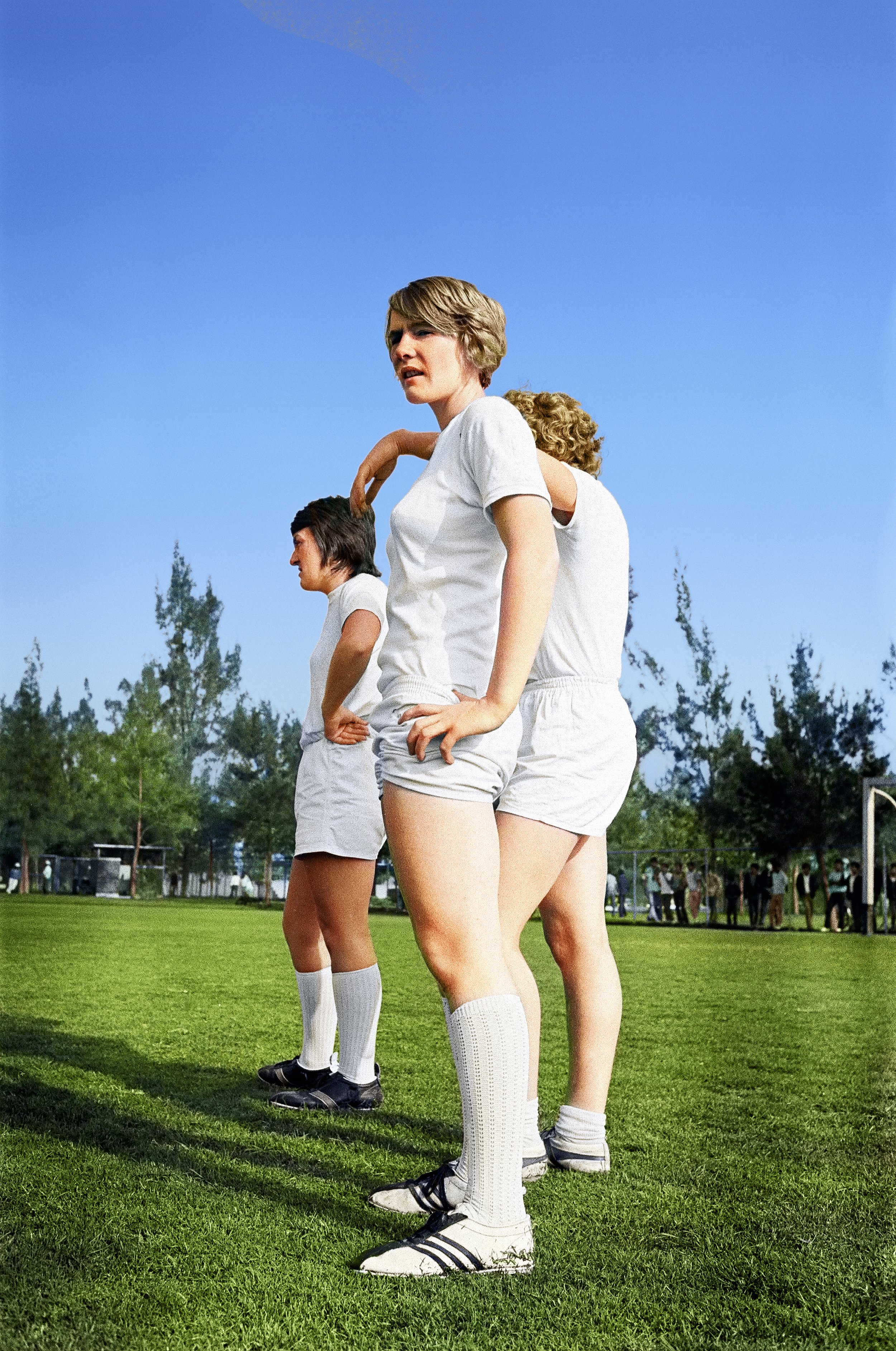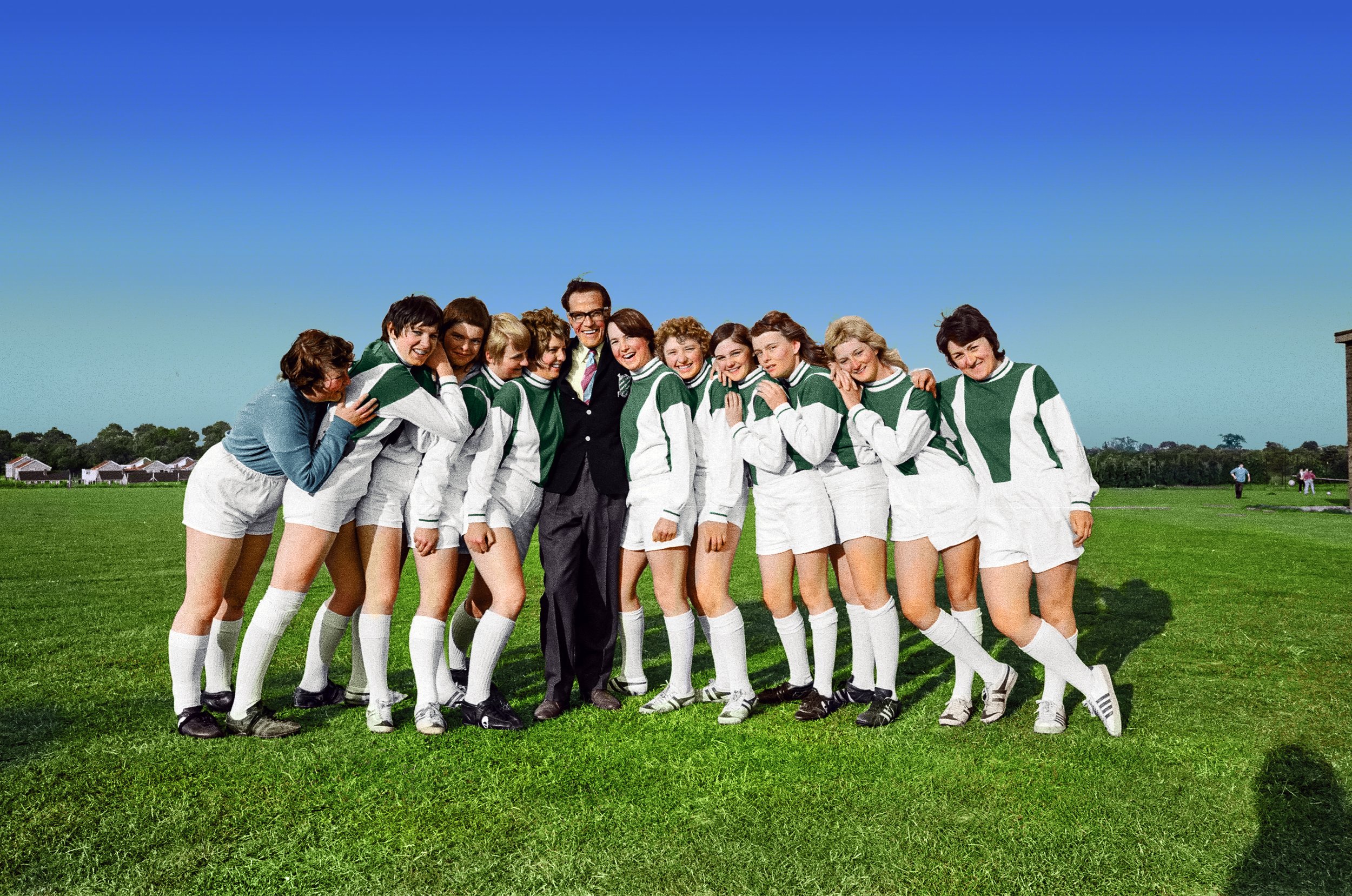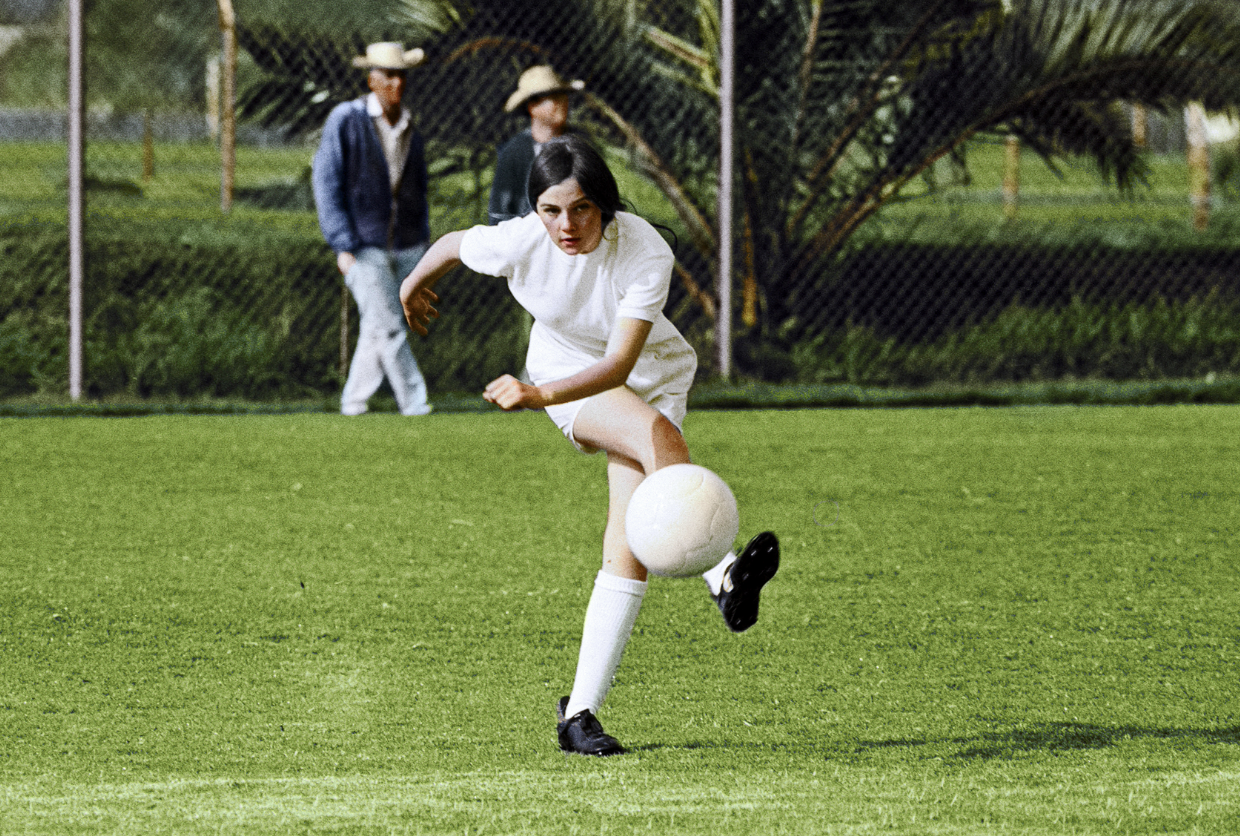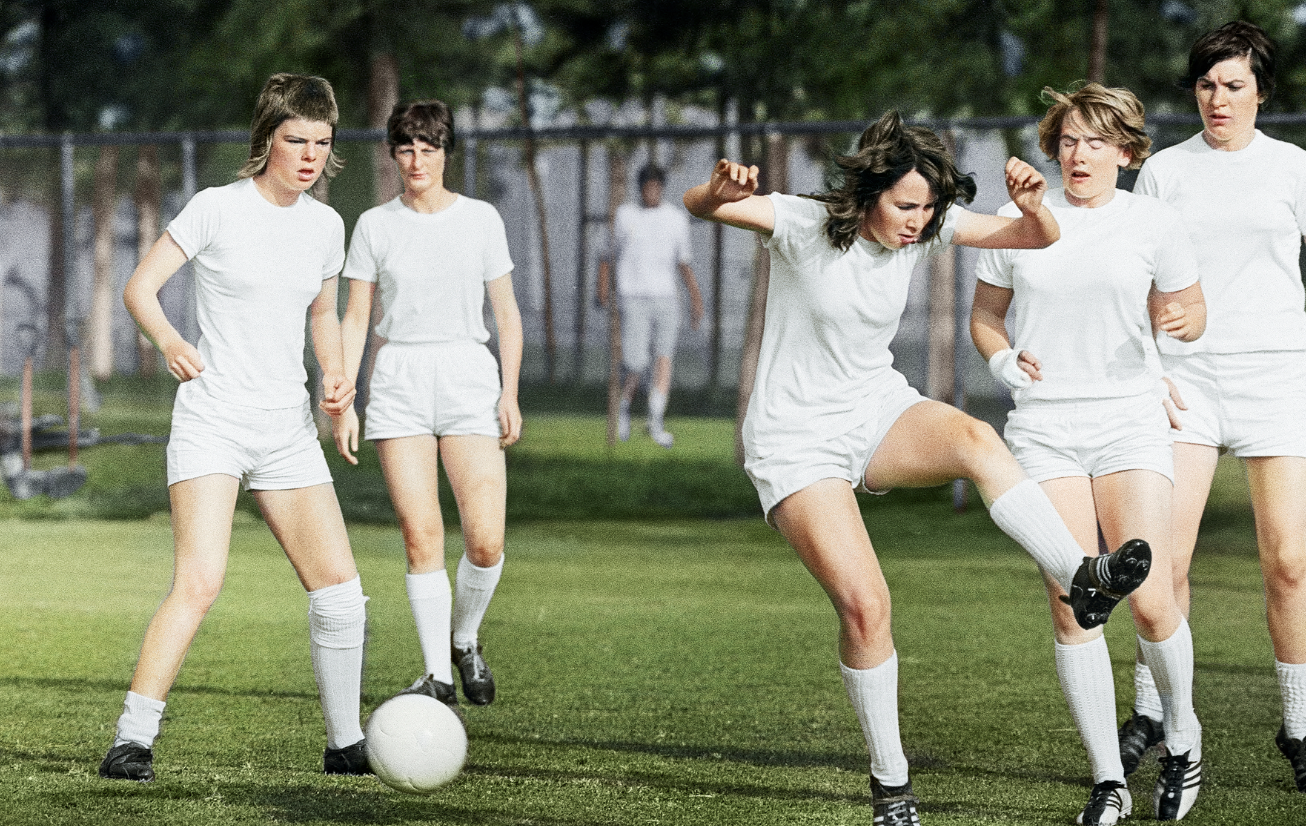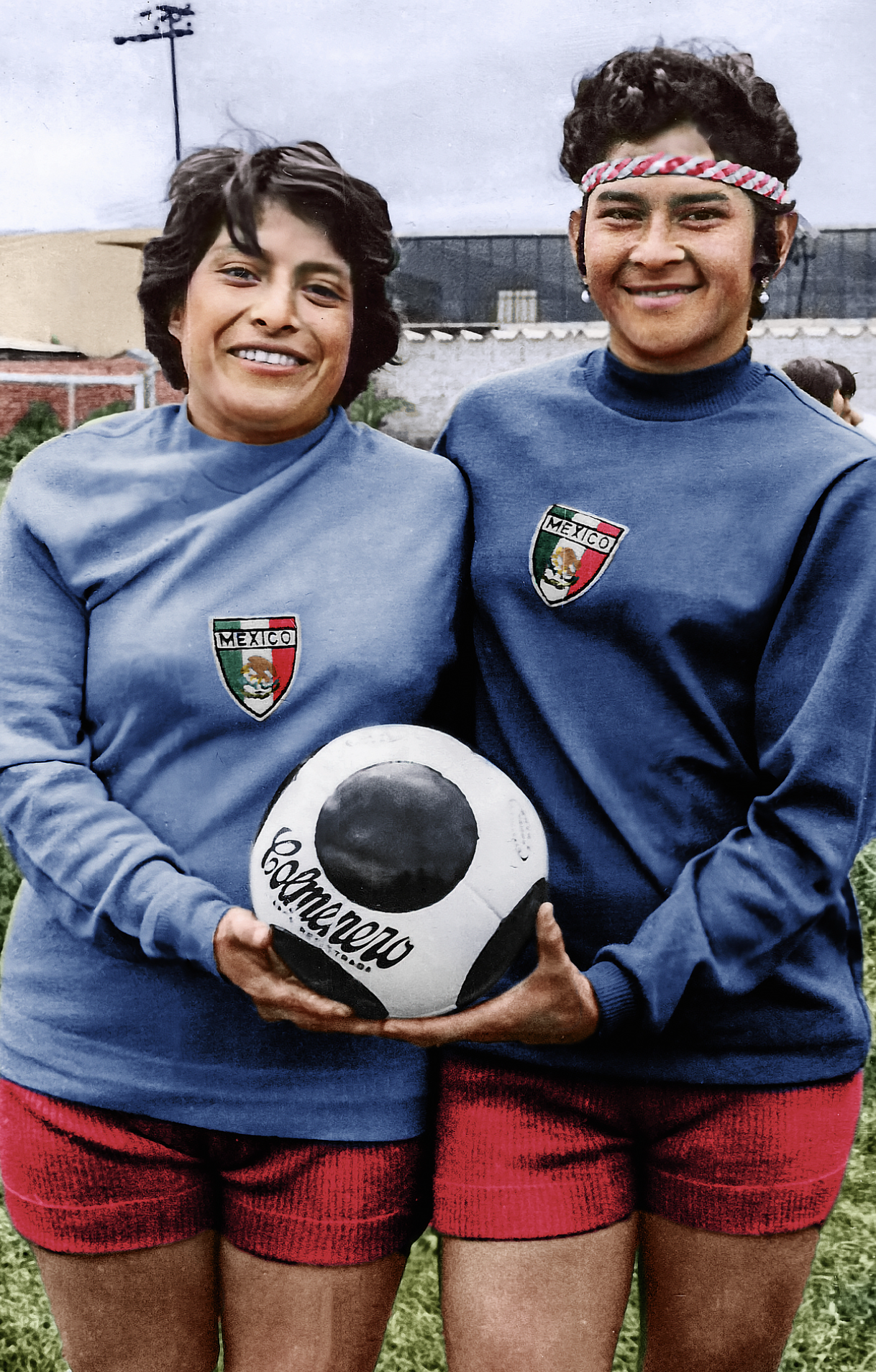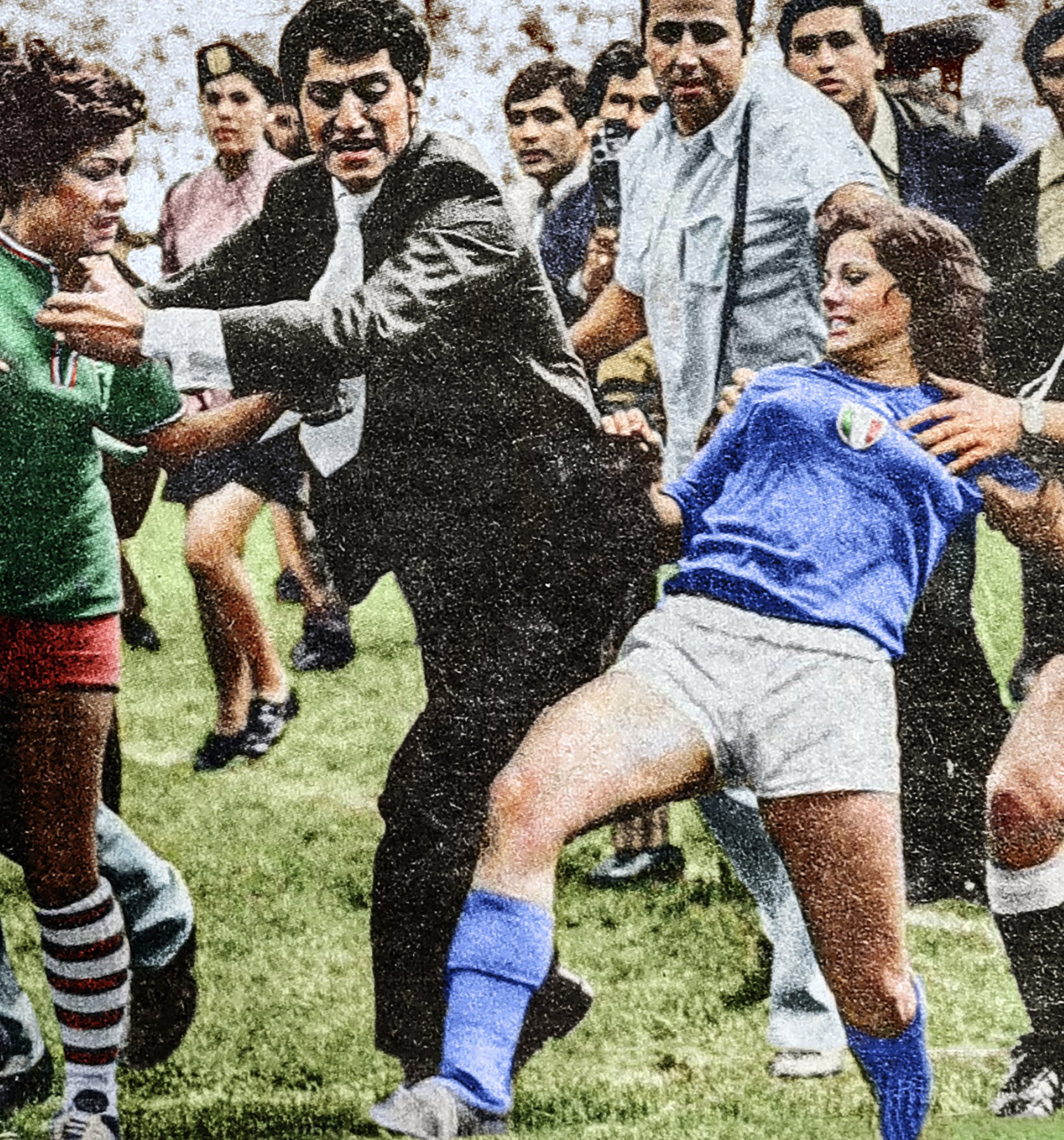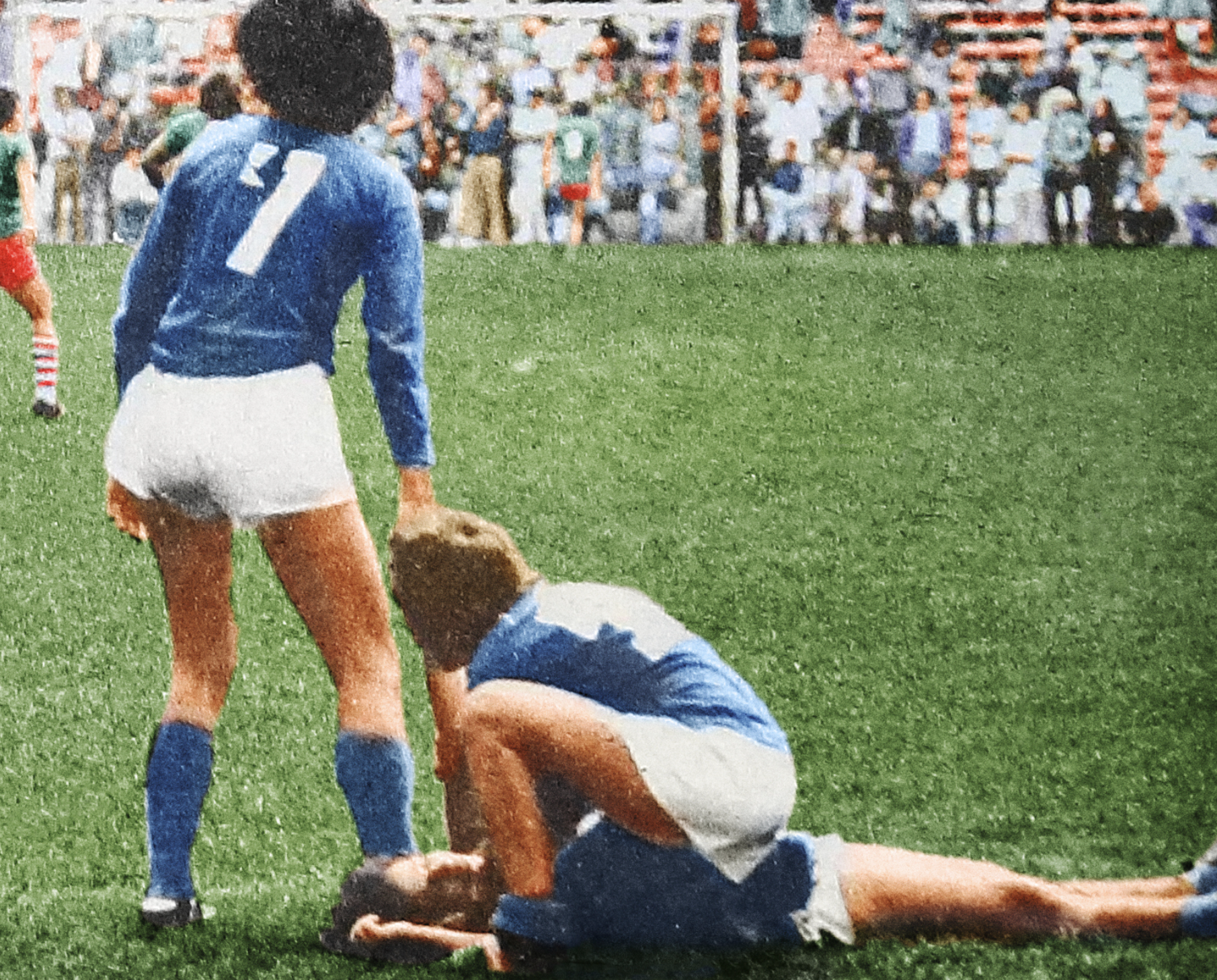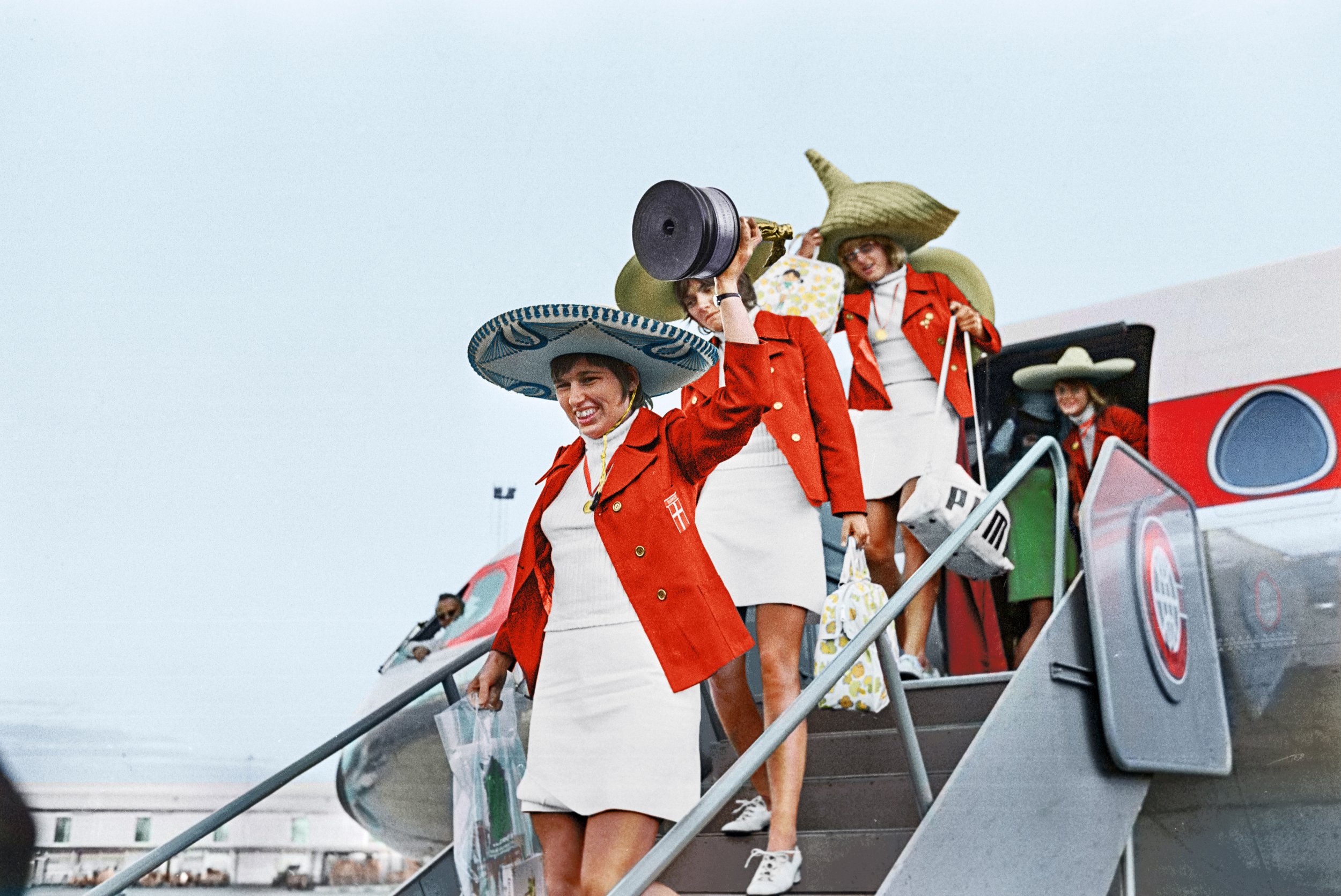It is August 1971. Soccer teams from England, Argentina, Mexico, France, Denmark, and Italy have gathered at Mexico City’s sun-drenched Azteca Stadium. The scale of the tournament is monumental: lavish sponsorship, extensive TV coverage, merchandise on every street corner, and crowds of over 100,000 roaring fans turn this historic stadium into a cauldron of noise match after match. A fawning media treat the players like rock stars. The atmosphere is reminiscent of the greatest moments in international soccer history.
But this is a tournament unlike anything that’s happened before. The players on the pitch are all women. And it’s likely you’ve never even heard of it. This is COPA 71 the pioneering unofficial Women’s World Cup. Dismissed by both the governing body and domestic soccer associations around the world, this event had been sidelined in history. Until now.
Discover the trailblazing players who revolutionised the game and made sporting history. Copa 71 is exclusively in UK cinemas from 8 March.
WATCH THE TRAILER
THE ENGLAND TEAM
Carol Wilson, England
Carol was the fearless captain of the England team. Growing up in a soccer-mad family, her earliest memories are of her Dad taking her to Newcastle FC, their local soccer team, to cheer outside the gates. Unable to play soccer at school and unwilling to follow the prescribed route for girls (in her words: cooking, marriage, kids), she joined the Royal Air Force. Her day job as a fitness instructor in the RAF set her up as a true athlete and leader, and her nerves of steel and sense of fair play would power her and her team through the tournament.
Chris Lockwood, England
Now retired from a job in IT at Vauxhall Motors. Her love of the sport developed early in childhood; she’d play with the boys in the playground at primary school where she grew up near Luton and also with her cousins in South Yorkshire during the summer holidays. She recalls that she wasn’t allowed to play for a school football team because it was for boys only.
Gill Sayell, England
Had to pretend to be a boy called Billy in order to play for a local boys’ team. When other teams realised she was a girl, they refused to play against her, purely because she was better than them. When it came to Mexico, it was the first time in Gill’s life that she had ever been on a plane. She recalls that her father had to rush out and get her a passport. Gill continued playing football until she was 36.
THE MEXICO TEAm
Silvia Zaragoza, Mexico
As a child, Silvia Zaragoza played in scrappy street games alongside her cousins in Mexico City. Her father forbade her from playing, saying that girls were created to stay in the home – if he caught her playing he would shout and hit her. It seemed unthinkable that she would one day be hailed as a star of the national team. She grew up, like many of the women who went on to play in Copa ‘71, believing that she was the only girl in the world who played football. The first time she found out that girls were playing in an organised capacity was via an advertisement she saw when watching a dance show on TV.
On the tail of Mexico successfully hosting the 1970 Men’s World Cup, the national media were ready and willing to become infatuated with the women’s game, and placed enormous pressure on their new national team. Silvia’s real test became whether her family could really accept her playing in the most talked-about event in Mexico, making the stakes for her and the team vertiginously high from the start. Losing to Denmark in the final was a crushing disappointment but the blow of defeat was eased by the outpouring of support from the crowds and fans.
However, after the success of Copa ‘71, the Mexican Football Federation succumbed to pressure from FIFA and withdrew their support for the national team, leaving the women on their own to keep pushing their cause forward.
THE FRANCE TEAM
Nicole Mangas, France
Nicole grew up in the Champagne region of France and on reading about a women’s soccer team in the city of Reims, moved there to go to university and play for the team. The ‘Stade de Reims ’team had been originally created as a ‘curtain-raiser ’entertainment showcase before a men’s match, with the aim of making the crowd laugh. But it proved so popular amongst the women who played in the match that the journalist who created it pushed to make the women’s team official and they began to tour as a team.
Nicole remembers how, despite the support of their new coach, the team was subjected to catcalls and abuse from French crowds, being told to ‘get back to the kitchen ’and ‘go darn some socks’.
THE ITALY TEAM
Elena Schiavo, Italy
Elena Schiavo had been playing soccer in Italy since the late ‘60s. Having survived being banned by the fascist government in the ‘40s, women's soccer in Italy was booming, and was the closest thing to an organised league that existed in the world. Elena was a hell-raiser, as passionate off the pitch as off, which went some way to explaining the reputation she gained for mouthing off to match officials. As well as Elena becoming one of the tournament’s most colourful personalities, she was also one of its most formidable players, earning equal amounts of respect and fear from her rival teams and pushing everyone to play at the top of their game.
THE DENMARK TEAM
Ann Stengard and Birte Kjems, Denmark
Ann grew up on the family apple farm in rural Denmark. She was a shy child and her parents encouraged her to play sports in order to gain confidence, and yet she still found competitions overwhelming – that’s where the support of her team made all the difference. She shone in the company of her teammates and became a central player. Birte grew up playing goalkeeper for her brothers in Ribe, Denmark’s oldest town. A dedicated fan and player, on order to play a qualifying match for the national team, she had to miss her sister’s wedding. Her natural self-confidence and positive attitude made her a pillar of the team and as goalkeeper she maintained a strong management of the Danish defence.


